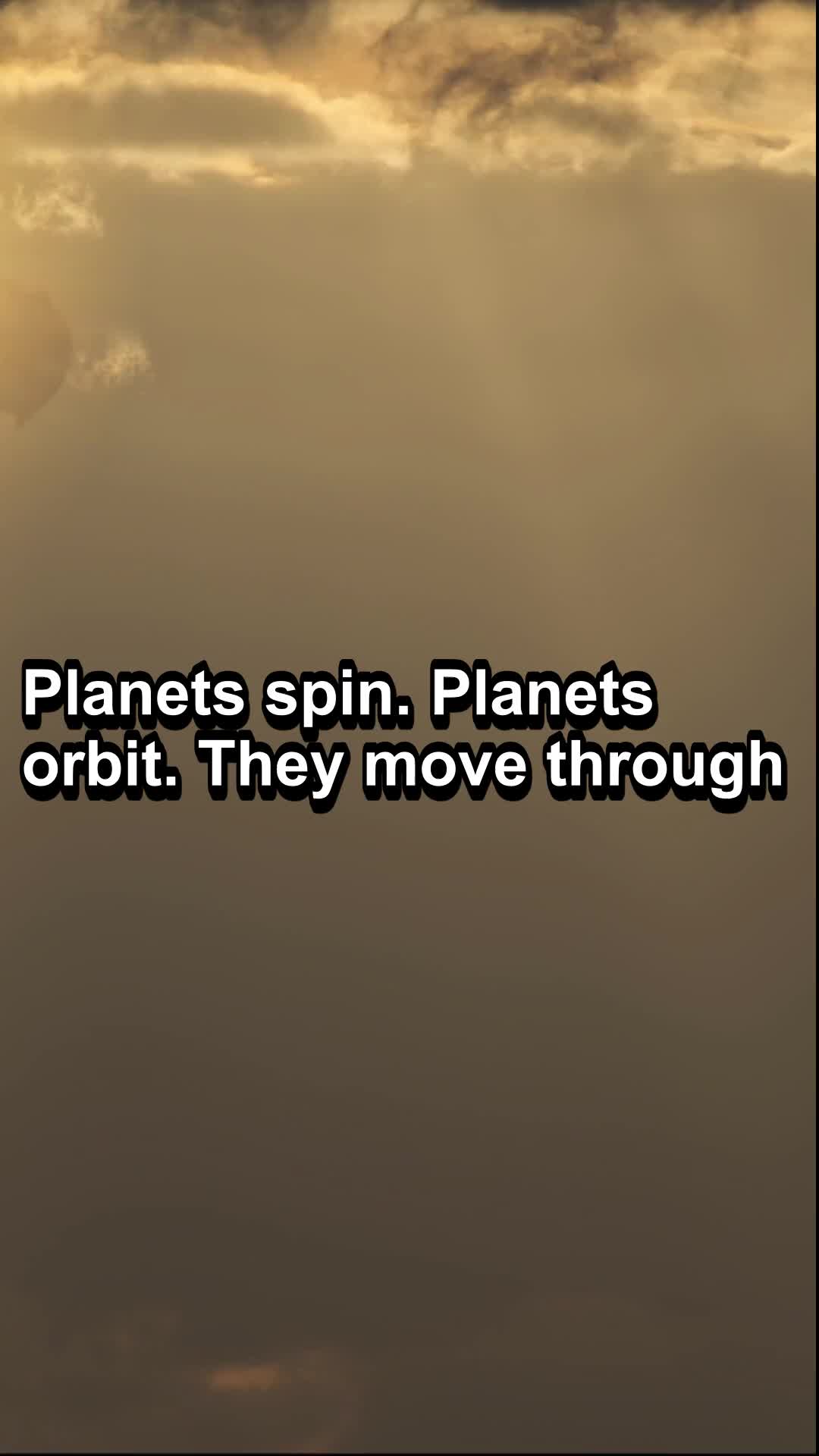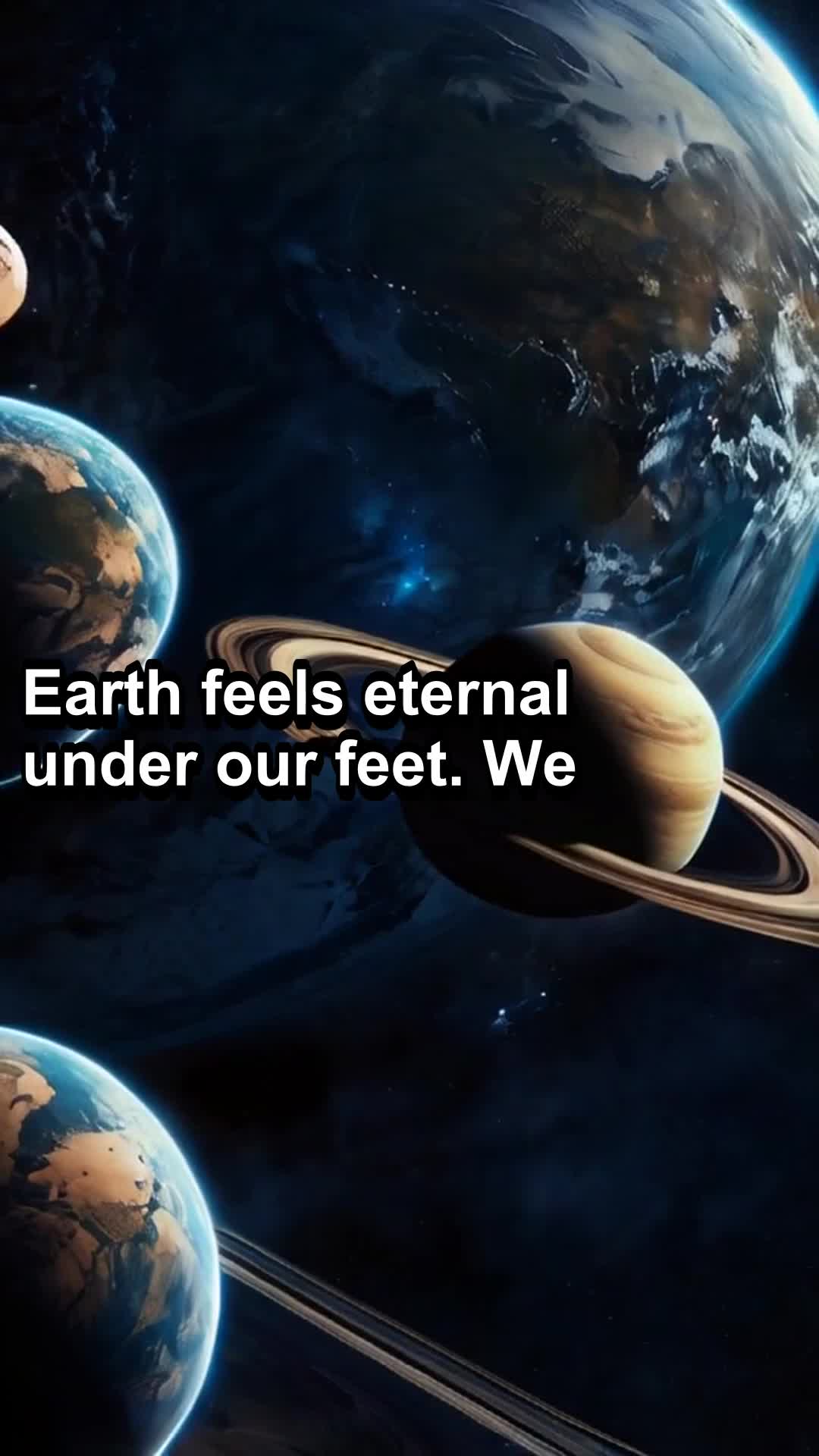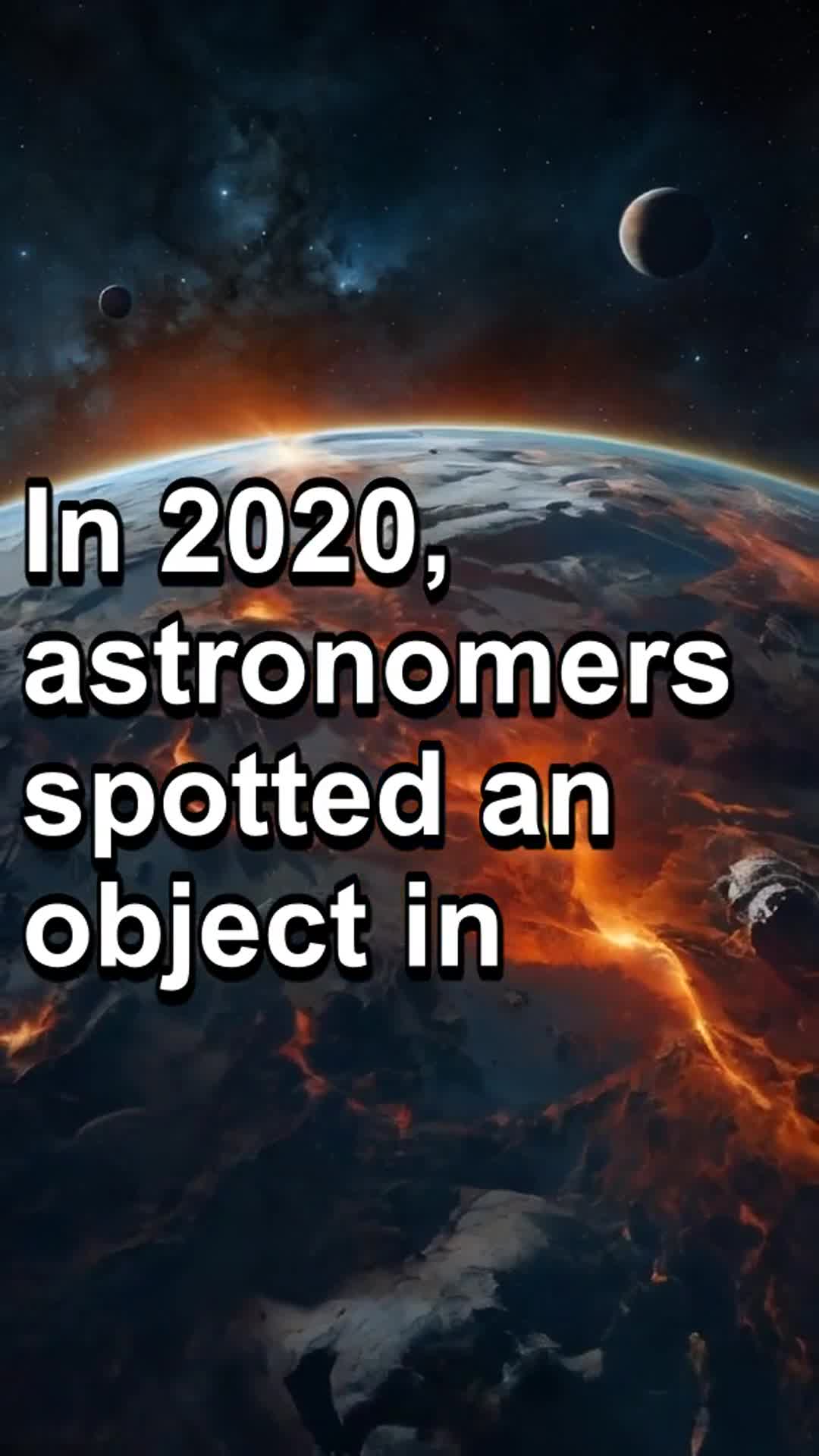Top videos
Galaxies are often pictured as serene islands of stars adrift in a calm universe. But the truth is far more brutal. The cosmos is a battleground, and the Milky Way — our home galaxy — is a predator.
Right now, it’s devouring a smaller, fragile companion: the Sagittarius Dwarf Galaxy. Slowly, Sagittarius is being torn apart, its stars ripped into long streams that weave around the Milky Way like threads of a ghostly tapestry.
But this is not a rare event. Our galaxy has built much of its enormous size by consuming others. Over billions of years, it has swallowed dozens of smaller galaxies, leaving behind faint rivers of stars — silent evidence of past cosmic feasts. The very halo that surrounds the Milky Way is littered with the remnants of ancient victims. When you look up at the night sky, many of the stars you see could once have belonged to another galaxy entirely, now stripped of their past and reborn as part of our own.
Yet the story doesn’t end there. In about four billion years, the Milky Way will face a far greater force: the
Andromeda Galaxy. Drawn together by mutual gravity, these two giants will collide in a spectacular event, shredding and reshaping both galaxies into a new, larger creation. For all its history of conquest, the Milky Way is ultimately just another player in the universe’s endless cycle of destruction and rebirth.
Galactic cannibalism is not a rare exception — it’s the rule. Growth demands sacrifice. Existence demands dominance. In the grand theatre of the cosmos, every galaxy is both creator and destroyer. And we are living witnesses, riding the swirling edge of a predator that, one day, will be consumed itself.
Dive into the depths of the universe with our latest video, "When Black Holes Collide: Earth's Cosmic Future Explored." This captivating exploration delves into the enigmatic and often misunderstood phenomena of black holes and their potential impact on Earth. Through stunning visual effects and expert commentary, our video demystifies the science behind black holes, their formation, and what would happen if Earth were ever in the path of these cosmic giants. The video begins with a basic introduction to black holes, explaining their origins from collapsed stars and their powerful gravitational pulls that not even light can escape. It then transitions into a thrilling discussion led by renowned astrophysicists and cosmologists who describe the hypothetical scenario of a rogue black hole wandering into our solar system. Visual simulations provide a vivid portrayal of how such an event might unfold, impacting planets and potentially altering the very fabric of our solar system. Further into the video, the focus shifts to the fascinating concept of black hole collisions, events that are monumental enough to send ripples through spacetime itself—known as gravitational waves. These phenomena have only recently been observed, and our video explains how these discoveries are made and what they tell us about the universe. As the narrative progresses, the video addresses the likelihood and potential timing of these events affecting Earth, backed by current scientific understanding and statistical data. It also explores the broader implications of black holes on theories of gravity, quantum mechanics, and the ultimate fate of the universe. To ensure a comprehensive understanding, our video also incorporates interactive segments where viewers can see how black holes vary in size and strength, from the relatively small stellar black holes to the supermassive black holes lurking at the centers of galaxies, including our own Milky Way. Concluding with a reflective discussion on human endeavors in space exploration and astrophysics, the video emphasizes the importance of studying these mysterious entities not just for theoretical knowledge, but also for the practical implications on future generations and interstellar travel. Whether you're a seasoned astronomer or a curious newcomer, this video promises to enlighten, educate, and inspire awe with its deep dive into one of the universe's most awe-inspiring phenomena.
In this intriguing and informative video, we delve deep into the fascinating concept of free energy and its potential realization on our planet. The video begins with a clear definition of what free energy means – essentially, energy that is completely free of cost and can be generated without the consumption of finite resources. The concept, often associated with perpetual motion machines, has been a topic of much debate and speculation. Throughout the presentation, the narrator explores various historical attempts and theories surrounding free energy, including those by notable inventors and scientists like Nikola Tesla and their experiments that have fueled the imagination of many. The video further discusses the laws of thermodynamics which challenge the feasibility of free energy, emphasizing why perpetual motion machines can't work under the current understanding of physics. The discussion takes a turn to more contemporary approaches and technological innovations that aim to produce energy in highly efficient ways that closely mimic the concept of free energy. Solar power, wind energy, and other renewable energy sources are highlighted as the closest practical forms of achieving highly sustainable energy. The video includes interviews with experts in physics and renewable energy who provide insights into how these technologies are evolving and how they represent a beacon of hope for near-free energy production. Additionally, the video addresses common misconceptions and hopes associated with free energy, providing a realistic perspective on what can and cannot be achieved based on current technology and scientific understanding. It also touches upon the impact of free energy on the economy and the environment, illustrating the positive outcomes of pursuing these advanced energy solutions. Finally, the video encourages viewers to think critically about the energy they use and to continue supporting advancements in technology that could one day make free energy a reality. It concludes with a call to action for further research and support for sustainable practices that pave the way for a greener future.
In the thought-provoking video "Unveiling the Fate of Earth: Impacts and Survival Strategies," viewers are taken on a compelling journey that explores the numerous scenarios that could potentially lead to the end of our planet. This video not only delves into the scientific possibilities of catastrophic events but also discusses how humanity could possibly respond and survive these dire situations. The video begins by examining natural astronomical events such as asteroid impacts, supernova explosions, and gamma-ray bursts, explaining their potential to cause significant destruction to Earth. It features interviews with renowned astrophysicists and geologists who provide insights into the likelihood of these events and their expected impacts. The narrative is supported by high-quality visual simulations that illustrate what these catastrophic events might look like. Following the astronomical threats, the video shifts focus to human-induced factors that could endanger the planet, including nuclear warfare, climate change, and biotechnological disasters. Experts in environmental science, military history, and genetic engineering discuss preventative strategies and mitigation plans to combat these man-made threats. The discussion is enriched with data-driven graphics and historical footage that underline the critical need for immediate action in policy and technology. The latter part of the video is dedicated to survival strategies. It covers advancements in space colonization, underground cities, and artificial ecosystems, providing a glimpse into the future technologies that could help humanity survive and adapt in post-catastrophic Earth scenarios or other planets. The segment includes interviews with innovators and leaders in space technology and urban planning, who share their visions and current projects aimed at safeguarding human civilization. Throughout the video, the tone remains informative and cautiously optimistic, encouraging viewers to consider both the fragility of our planet and the innovative spirit of humanity. By the end, viewers will have a comprehensive understanding of the existential threats to Earth and the cutting-edge strategies that could one day be our salvation.
In this intriguing documentary-style video, we delve into the enigmatic presence of an object that, by all accounts, shouldn't be orbiting Earth. This video begins with an overview of how astronomers and scientists track and catalog various celestial bodies and debris that orbit our planet. It highlights the sophisticated technology and methods used to monitor Earth’s orbital space, including radar and telescopic data collection. As the narrative unfolds, viewers are introduced to the mysterious object in question. The video provides a detailed analysis of its discovery, including initial observations, the orbit pattern, and the scientific community's reaction. Experts in space science and astrophysics offer insights into the challenges and implications of identifying such an unusual object in Earth's orbit. They discuss various theories about its origin, ranging from a forgotten piece of space debris from early missions to more speculative origins like extraterrestrial technology. The middle segment of the video explores the potential risks associated with unknown objects in Earth's orbit, focusing on collision threats to active satellites and the International Space Station (ISS). This section includes simulations and expert commentary on space debris management and mitigation strategies currently in place to protect our orbital environment. In a thought-provoking conclusion, the video discusses the broader implications of such discoveries for international space law and future space exploration missions. It emphasizes the need for global cooperation in monitoring and managing space debris to ensure the safety and sustainability of space activities. Filled with high-definition visuals, expert interviews, and compelling narrative, this video is not just an exploration of a mysterious orbital object but also a spotlight on the ongoing efforts to understand and manage our planet's orbital environment. It’s a must-watch for anyone fascinated by space, science, and the unknown factors of our universe.
In this intriguing video, we delve deeply into the astonishing phenomenon where an entire galaxy appears to have vanished from our observational reach. The video starts by setting the stage with a brief overview of the galaxy in question, identified as NGC 1052-DF2, which until recently was a well-documented galaxy relatively close to the Milky Way. Our experts begin by explaining the basic principles of galactic visibility and detection, including the tools and technologies astronomers use to observe distant celestial bodies, such as telescopes like Hubble and powerful ground-based observatories. The narrative then shifts to the core of the mystery - NGC 1052-DF2's sudden disappearance from these observation tools. We explore several theories that astrophysicists and cosmologists have proposed to explain this phenomenon. One prominent theory suggests that the galaxy has not actually vanished but has become obscured by interstellar dust or gas, which can block the light that telescopes detect. Another theory we explore is the possibility of a significant decrease in luminosity due to unknown cosmic events, making the galaxy much harder to detect with current technology. To give viewers a clearer understanding of the implications, the video includes simulations and visual aids, illustrating how such a disappearance might occur and what it means for our understanding of the universe. It also discusses the impact of dark matter and how its enigmatic nature could play a role in the apparent vanishing of galaxies. Further, the video covers the scientific and technological advancements that might help solve this mystery, emphasizing upcoming space missions and more advanced telescopes that are currently under development. We also touch upon the broader implications of this phenomenon on our understanding of galaxy formation and stability. The video concludes with insights from leading astronomers who share their thoughts on the future of space exploration and the search for missing galaxies. They reflect on the importance of continuous observation and the evolving nature of cosmic discoveries. This detailed exploration not only sheds light on a specific cosmic mystery but also enhances our appreciation for the vastness and the unknown aspects of the universe we live in.
In the captivating science documentary, "Unraveling the Mystery: Where is the Universe’s Missing Antimatter?", viewers are taken on an extraordinary voyage into one of the biggest enigmas in cosmology. This video delves into the perplexing question of why the observable universe is overwhelmingly made of matter, whereas antimatter, which should have been created in equal amounts at the Big Bang, is conspicuously absent. The video begins with a clear and engaging explanation of what antimatter is, contrasting it with the matter that makes up the world around us. Experts in theoretical physics and cosmology explain how every particle we know has an antiparticle with opposite charge but equal mass and how these two annihilate each other upon contact, releasing energy. This foundational knowledge sets the stage for the deeper questions addressed by the documentary. As the narrative progresses, the documentary outlines the theories and experiments that have shaped our understanding of matter and antimatter. It highlights significant experiments like those conducted at CERN, including the Alpha Magnetic Spectrometer, which searches for antimatter in cosmic rays, and the Large Hadron Collider, which allows scientists to observe high-energy particle collisions that produce antimatter. The core of the documentary explores possible explanations for the matter-antimatter asymmetry. It discusses concepts such as CP violation, which suggests a slight difference in the behavior of matter and antimatter that could explain the dominance of matter in the universe. The video also considers other theories, such as the role of neutrinos and the possibility of hidden sectors of physics that are yet to be discovered. Moreover, the video does not shy away from the implications of these scientific inquiries. It discusses how understanding antimatter could not only solve fundamental cosmic mysteries but also lead to groundbreaking technological advancements, possibly in energy generation or medicine. Throughout, the documentary maintains a balance between in-depth scientific discussion and accessibility to viewers who may not have a background in science. It’s enriched with stunning visual animations that illustrate complex concepts, interviews with leading experts who convey their passion and curiosity, and thought-provoking questions that encourage viewers to ponder the nature of our universe. In conclusion, "Unraveling the Mystery: Where is the Universe’s Missing Antimatter?" is more than just a scientific explanation; it is a call to wonder and explore the unknown, an invitation to think about the universe and our place within it in new ways.







